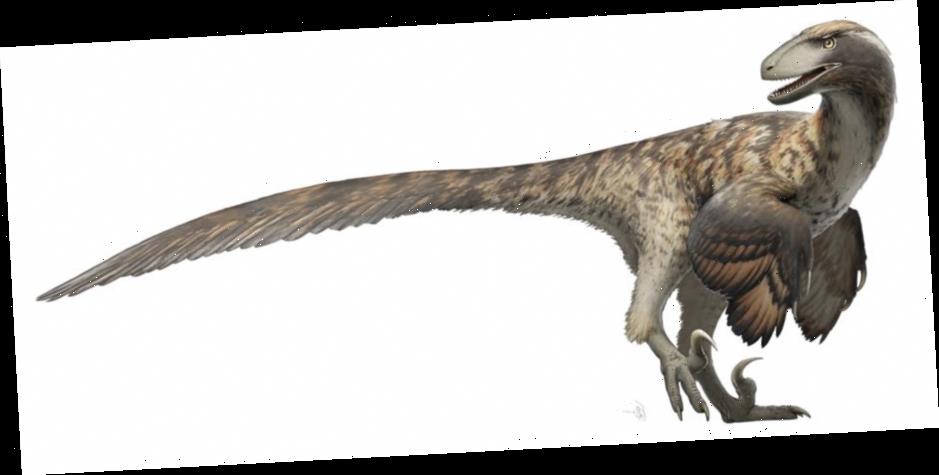Fox News Flash top headlines for August 18
Fox News Flash top headlines are here. Check out what’s clicking on Foxnews.com.
"Jurassic Park" showed raptors as hyper-intelligent dinosaurs that hunted in packs, but a new analysis of their teeth shows this likely wasn't the case.
The research, published in Palaeogeography, Palaeoclimatology, Palaeoecology, found that Cretaceous crocodilians, as well as Deinonychus antirrhopus, had different carbon isotope values in the smallest and largest teeth that have been discovered. This indicated to the researchers they were not feeding their young and, therefore, not hunting in packs.
“This is what we would expect for an animal where the parents do not provide food for their young,” the study's lead author, vertebrate paleontologist Joseph Frederickson, said in a statement. “We also see the same pattern in the raptors, where the smallest teeth and the large teeth do not have the same average carbon isotope values, indicating they were eating different foods. This means the young were not being fed by the adults, which is why we believe 'Jurassic Park' was wrong about raptor behavior.”

(Credit: University of Wisconsin, Oshkosh)
'JURASSIC PARK' GOT NEARLY EVERYTHING WRONG ABOUT DILOPHOSAURUS, NEW STUDY SAYS
Although the idea of dinosaurs hunting in packs had been widely accepted when it was put forth by late Yale University paleontologist John Ostrom, the evidence for it is not strong, Frederickson added.
“The problem with this idea is that living dinosaurs (birds) and their relatives (crocodilians) do not usually hunt in groups and rarely ever hunt prey larger than themselves,” he explained. “Further, behavior like pack hunting does not fossilize so we can’t directly test whether the animals actually worked together to hunt prey.”
More recently, researchers believe that raptors hunted in a similar manner to modern-day Komodo dragons or crocodiles. In these attacks, the reptiles may go after the same prey, but the cooperation is limited.
The raptors featured in the hit science-fiction franchise were based on Deinonychus and are very different from the actual velociraptor, which was roughly the size of a turkey.
FOSSIL OF TERRIFYING MEGARAPTOR, WITH 14-INCH CLAWS, DISCOVERED IN ARGENTINA
Both director Steven Spielberg and Michael Crichton, the author of "Jurassic Park" and "The Lost World," contacted Ostrom to get all of the details about Deinonychus, but gave its features and attributes to the velociraptor, Yale University said in 2015.
Ostrom was the first to discover Deinonychus after finding its fossils in Montana in 1964.
In an interview with Fox 11, Frederickson also noted that "Jurassic Park" did not show raptors with feathers, as they "would have almost certainly been completely covered in feathers."
The character Dr. Henry Wu, who first appeared in "Jurassic Park" and was played by actor B.D. Wong, made comments in 2015's "Jurassic World" that acknowledged there were significant differences between the dinosaurs he and his team created and how they actually looked, perhaps a nod to the missing feathers.
Despite the critiques, "Jurassic Park" still holds up, more than 25 years later, Frederickson told Fox 11.
"It was the most scientifically accurate movie of its time and actually by modern standards, it still holds up really well. It was using cutting-edge science and the science behind the pack hunting was based on real scientific observations, based on these dinosaurs, these raptors, being found in a group, so it’s always been something that piqued my curiosity."
It's a discovery, 65 million years in the making.
CLICK HERE TO GET THE FOX NEWS APP
Source: Read Full Article

